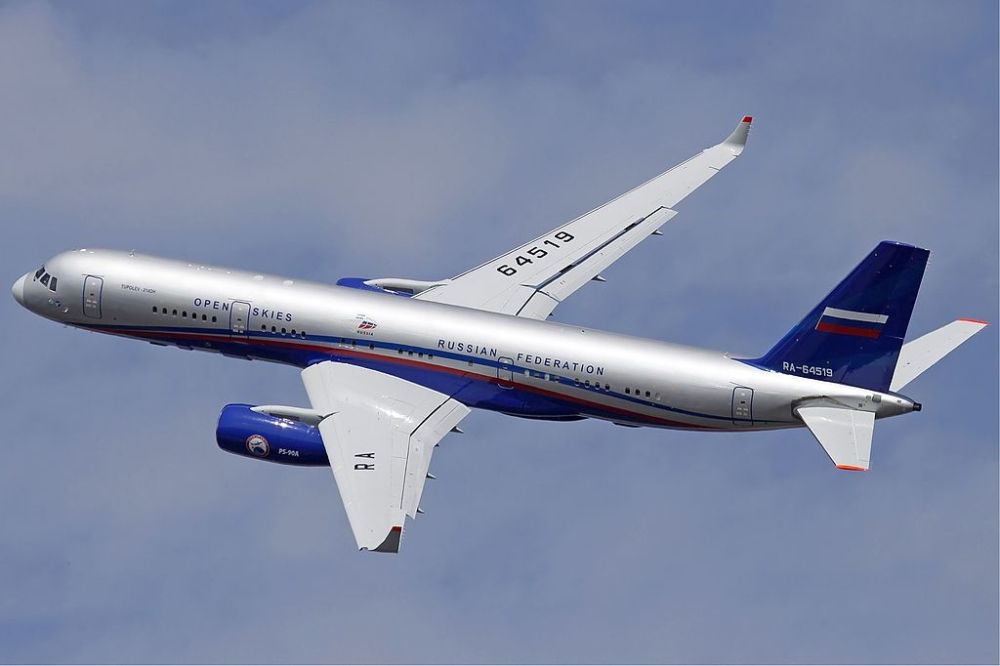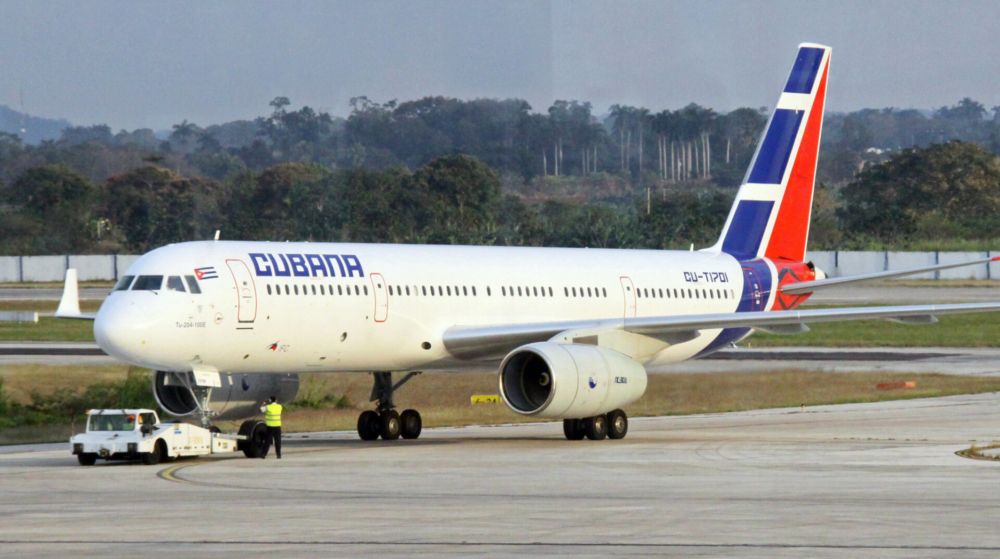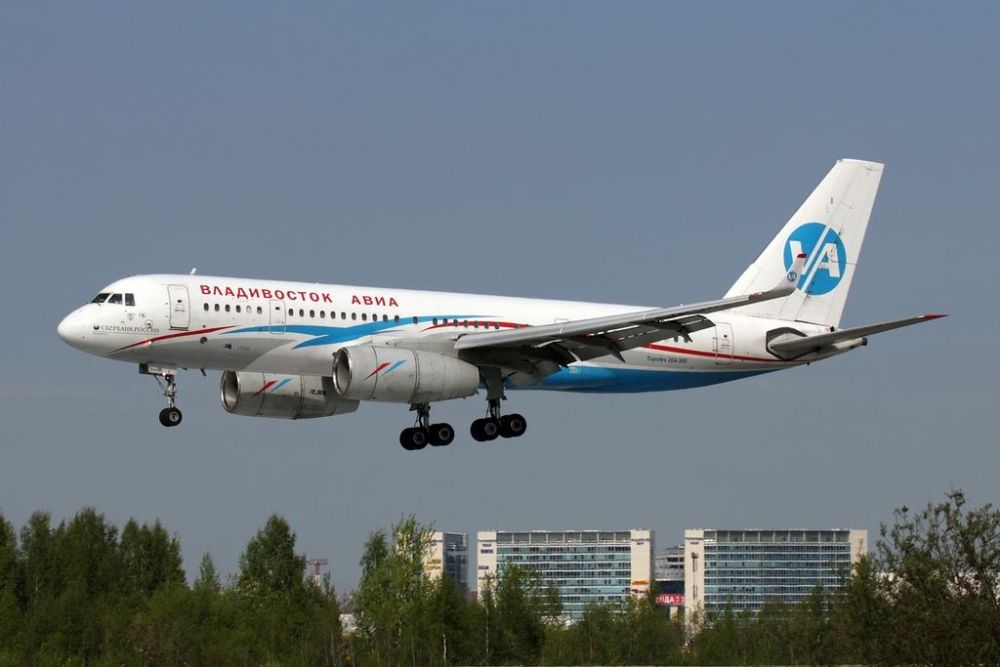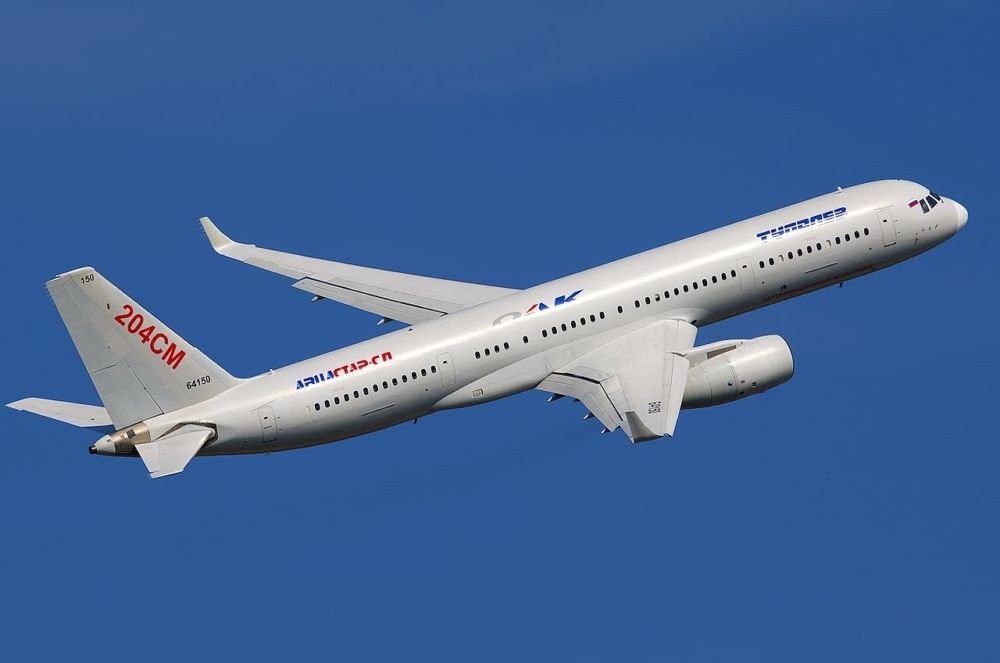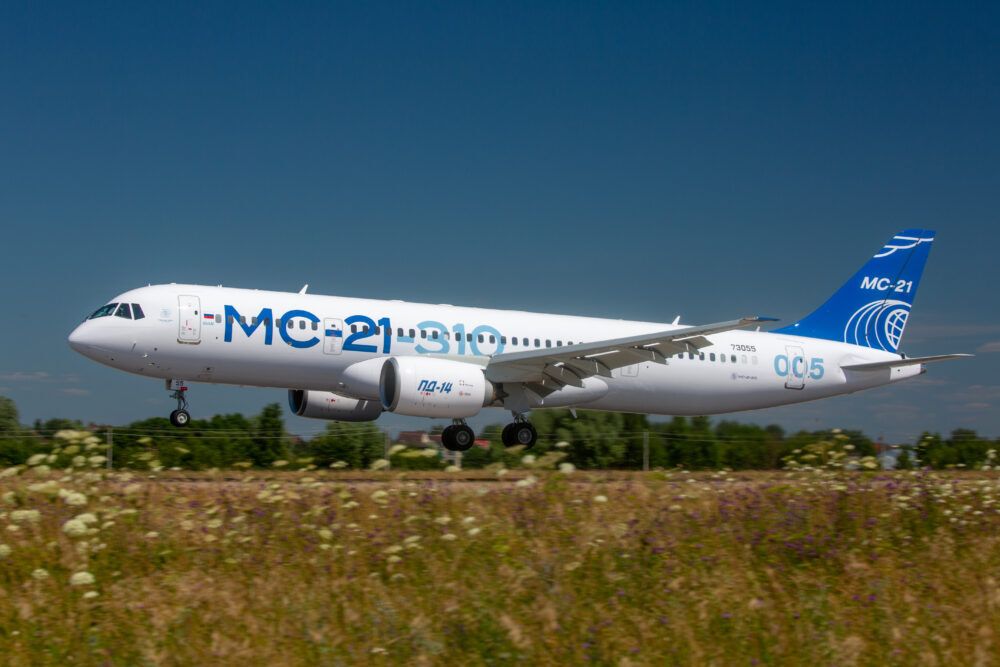Today marks an important anniversary in the world of Russian aircraft manufacturer Tupolev. Specifically, it has now been 33 years since the company's Tu-204 narrowbody twinjet first took to the skies, on January 2nd, 1989. While the aircraft hasn't been the most successful commercially, it remains in production today, and serves a variety of roles.
Several different variants
Tupolev designed its Tu-204 series as a versatile family of aircraft that could serve several purposes. As well as conventional passenger and cargo-carrying designs, it also eyed combi and quick-change versions for operators that fly both people and airfreight. Over the years, new variants have seen the Tu-204 become a diverse family despite low sales rates.
Having made its first flight on January 2nd, 1989, the Tupolev Tu-204 eventually received certification in the mid-1990s. This preceded its entry into active commercial service, which took place in February 1996 with Russian flag carrier Aeroflot. The initial passenger-carrying versions were known as the Tu-204-100 and -200, with the latter boasting extra range.
The Tu-204-200 eventually became a line of aircraft in its own right, known as the Tu-214. This version first flew in March 1996, and differs from initial Tu-204s in the presence of an extra door on the left-hand side. The Tu-214 has been the subject of military modifications, allowing it to operate as an airborne command post and communications relay jet.
Tupolev has also developed a short-fuselage, longer-range version, known as the Tu-204-300. Additionally, the Tu-204-500 features shorter wings and a higher cruising speed, optimizing it for shorter routes. The manufacturer also offers variants with Rolls-Royce engines, to appeal to the non-Russian market. These versions are known as the Tu-120 and -220.
Stay informed: Sign up for our daily and weekly aviation news digests.
Performance and specifications
In terms of the Tu-204's dimensions, the aircraft generally bears similarities to the Airbus A321 and Boeing 757. These European and American narrowbody designs both typically seat around or more than 200 passengers, much like the Tu-204. However, while these designs both topped 1,000 sales, ch-aviation.com lists just 90 Tu-204s as having seen production.
The Tupolev Tu-204 and Tu-214 series are both 46.14 meters long, and have a maximum capacity of around 210 passengers. Of course, in practice, the exact capacity of a given aircraft will depend on the configuration with which its operator chooses to fit it.
Meanwhile, the 40.19-meters Tu-204-300 has between 142 and 156 seats. However, it has the edge in terms of range, and can fly for up to 5,800 km (3,132 NM). Meanwhile, the Tu-204 has a range of 4,300 km (2,322 NM), with the Tu-214 just beating it at 4,340 km (2,343).
All three have the same wingspan (41.8 meters) and ceiling (39,700 feet). Similarly, each of them cruises at speeds of 810 to 850 km/h (440 to 460 knots)m with a maximum speed of 900 km/h (490 knots). However, as it happens, these are not the only variants to have been touted for commercial service. Indeed, Tupolev also worked on a next-generation version.
A planned next-generation version
Known as the Tu-204SM, the family's most modern variant first took to the skies in December 2010. Aesthetically, this version was very similar to the existing Tu-204 variants that have come before it. However, the design represented a significant upgrade in terms of the plane's internal features. These concerned both technology and passenger comfort.
As far as passenger experience onboard the Tu-204SM was concerned, the cabin was set to feature larger storage bins and an inflight entertainment system. Additionally, LED lighting and sound-absorbent technology would have been present to further enhance the onboard environment. It had a broadly similar planned capacity to the initial Tu-204.
Technologically speaking, the Tu-204SM was to benefit from a two-person cockpit featuring various modern displays. These, and other enhancements were designed to meet standards set both in Russia and further afield by the likes of Eurocontrol and ICAO.
Still not off the ground commercially
Sustainability also played an important role, which was reflected in the choice of the engines on the Tu-204SM. Known as the Aviadvigatel PS-90A2, these turbofans reportedly represented a 35% life cycle cost saving compared to the older PS-90A design.
However, despite the promise of the next-generation Tu-204SM, it is yet to reach production and enter revenue-earning service. Although Tupolev did begin negotiating orders for the type in the 2010s, the carriers involved never followed through on the discussions.
As such, commercial production of the Tu-204SM now seems unlikely. This has become particularly evident due to the United Aircraft Corporation's increased emphasis on the Irkut MC-21, a Russian-built narrowbody whose launch is fast approaching.
28 active Tu-204s today
So, where exactly can you find active examples of the Tupolev Tu-204 today? According to data from ch-aviation, there are presently 28 in the world, representing around a third of the total production output. Unsurprisingly, almost all of these are flown by Russian operators. Indeed, the only exception is a Tu-204-100 that flies for China Flight Test Establishment.
Within Russia, the country's government is the largest operator of the Tu-204. It presently has 15 active examples at its disposal, spread across a wide range of variants to serve a correspondingly diverse plethora of purposes. Almost all of them come from the Tu-214 series, with the only exceptions being its three examples of the Tu-204-300A.
Elsewhere, smaller operators of the Tu-204 include Aviastar-TU and Voyennaya Transportnaya Aviatsiya, with four active examples apiece. Meanwhile, Kosmos Airlines, Rosgvardia, Russair, and Tupolev itself each have a single example of an aircraft from the Tu-204 family at their disposal. It will be interesting to see how long the type remains active.
What do you make of the Tupolev Tu-204? Have you ever flown on one of these Russian narrowbodies? Let us know your thoughts and experiences in the comments!


